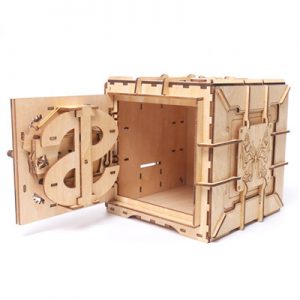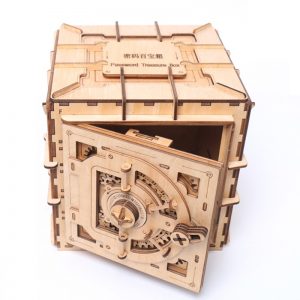Regarding jigsaw puzzles, there may be parents who say that my children don’t know how to play jigsaw puzzles, they don’t know how to pick up pieces, and they don’t know how to put pieces in jigsaw puzzles. Some parents said that my children seemed to have no interest in children’s toy puzzles, so they picked them up and looked at them and threw them away. Some parents said that they had been playing well, but suddenly they didn’t want to play. Don’t you know how to play? Don’t like it? actually not. The baby’s ability to play puzzles can be climbed step by step, but it takes skill to guide the child to fall in love with puzzles.
How to make babies fall in love with jigsaw puzzle games? Seeing the scattered parts are completely insensible, the fundamental problem is not that we want to work hard to put it together in our imagination. What about the stubbornness? However, the interest ability of puzzles is not inborn. Children must choose the correct puzzles, get proper guidance, and let the children be interested and truly “hands-on”.
1. Teach children some puzzle skills
Technical guidance is very important. In the face of the “fragments” in life, while the baby is at a loss, we can teach the baby some work skills. Learn to think about the relationship between puzzles through observation. Doing jigsaw puzzles is a way to teach children to find problems, and a way to solve them. After getting a jigsaw puzzle, I was not in a hurry to teach her to “fight”. Instead, she guided her to observe first, which sounded simple, but in fact, the process did not go smoothly as expected. In fact, the child will be confused at first, so continue to guide her so that the child will gradually have a concept of up, down, left and right.
In the early days, parents’ heuristic questions, in fact, we are equivalent to showing the process of thinking about solving these problems to children. If there are a lot of pieces, you can narrow the scope of the study by guiding the children to put the puzzles of the same color in the big color area together in a pile. For children who have never played jigsaw puzzles, if the types they provide are too difficult at the beginning, there will be a mismatch of abilities, which will not only weaken their self-confidence, but also feel frustrated and naturally stop playing. Therefore, you should choose a puzzle suitable for your child’s age and type to play.
2. The child’s favorite theme
Children’s favorite themes are to attract children’s interest more quickly. Boys and girls like different themes. If you choose the right topic, your interest can develop rapidly! If you just give your child a difficult jigsaw puzzle, it is easy to get bored and not challenging. Jigsaw puzzle games are not as monotonous as more than ten years ago. Today’s styles and play methods are becoming more and more diversified. When children complete the first-level puzzles by themselves, do not rush to advance. First observe the child’s actual work situation and whether there is any direct To reach the level of difficulty of this problem, we must maintain the principle of never going beyond the outline to give the child an advanced level.
When the children are happiest, they put together a jigsaw puzzle piece to form a beautiful picture.
















